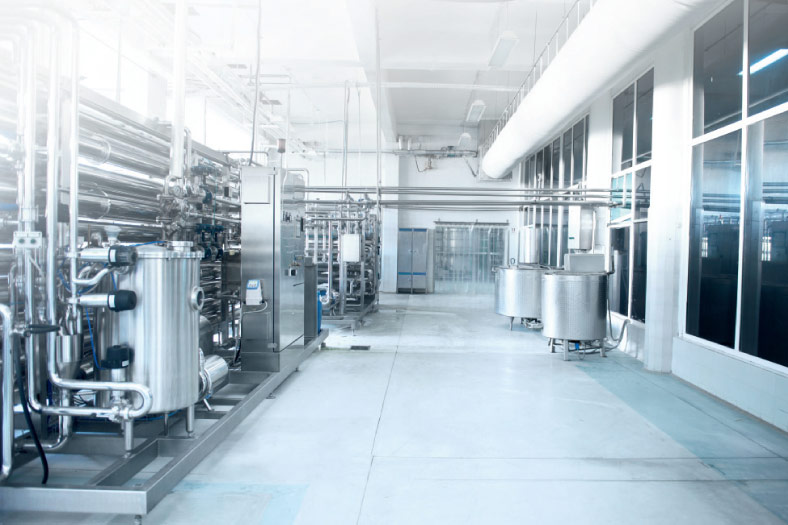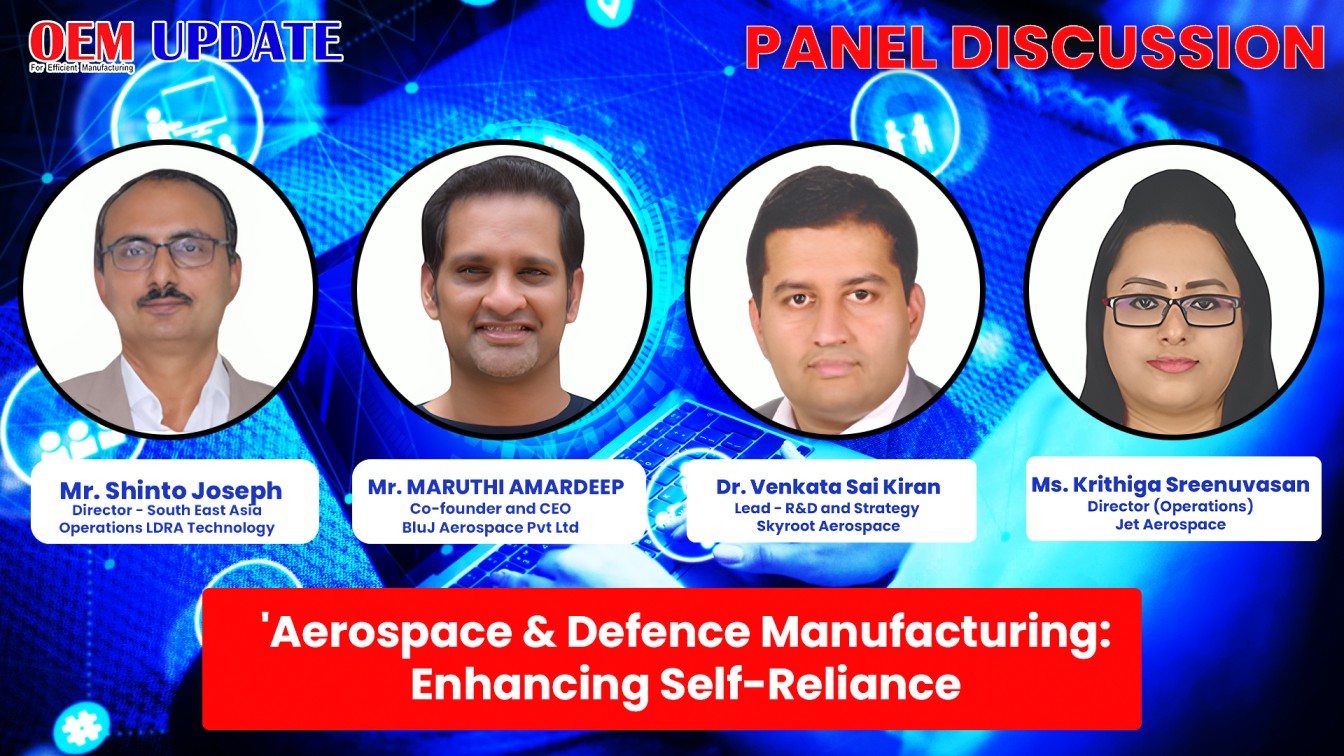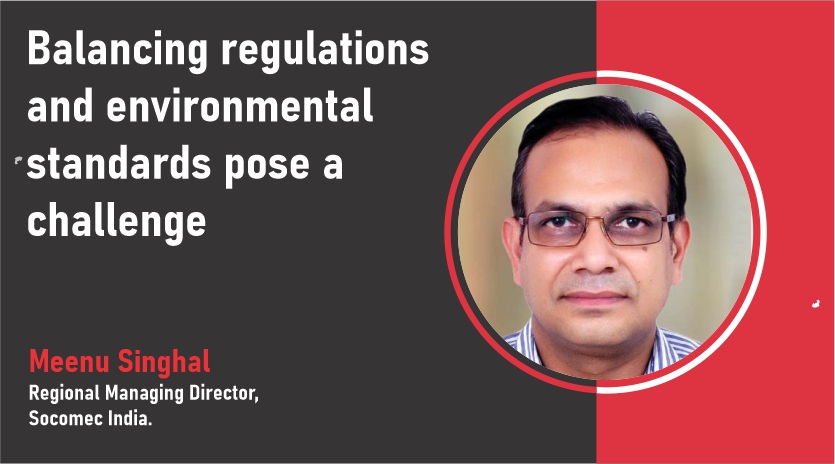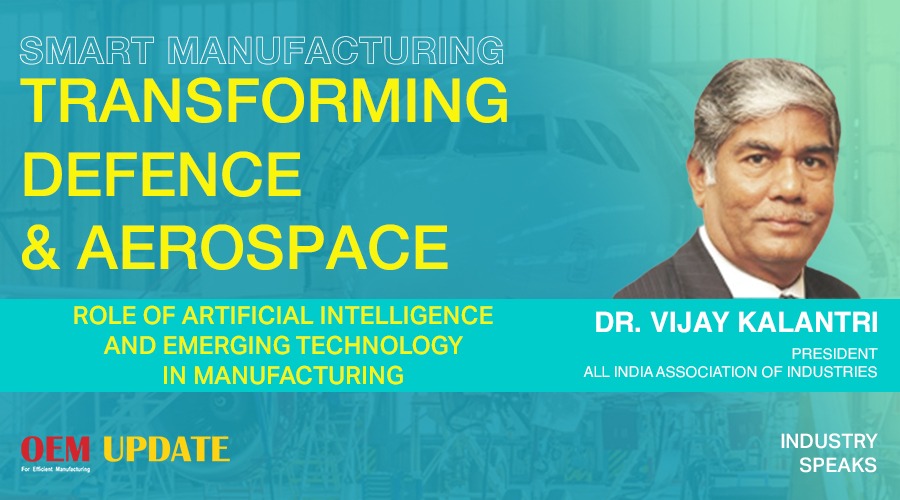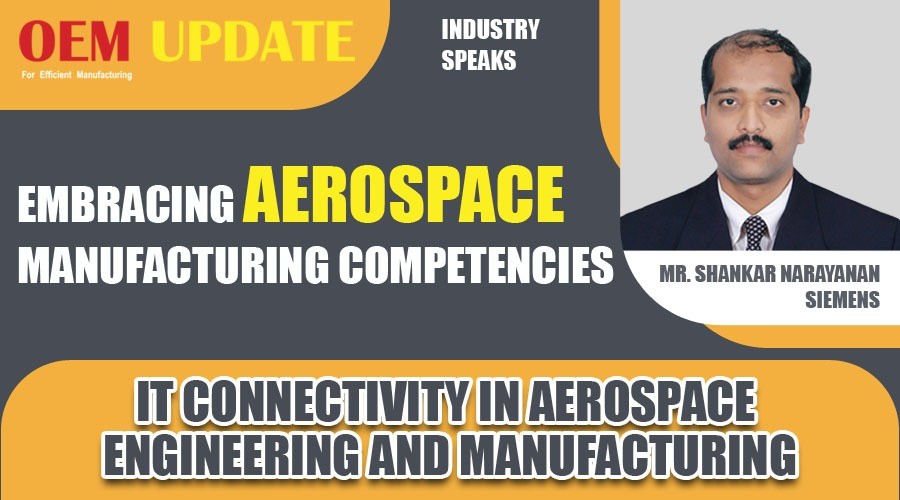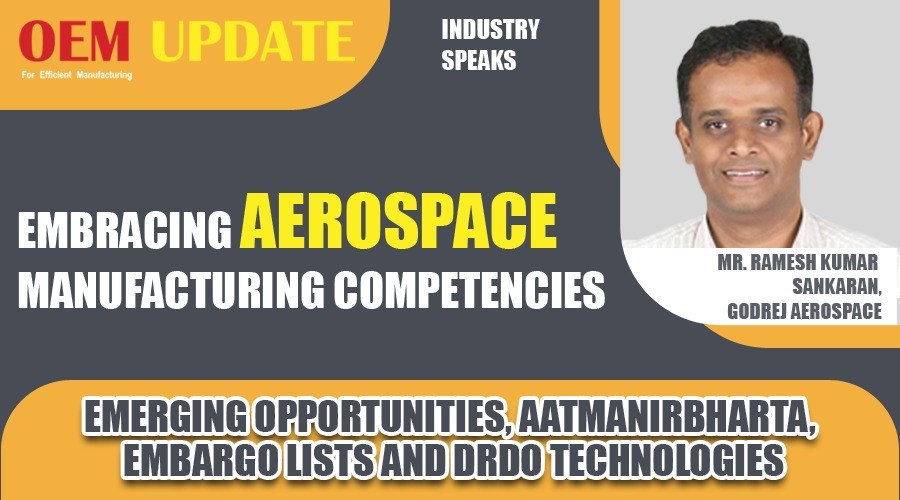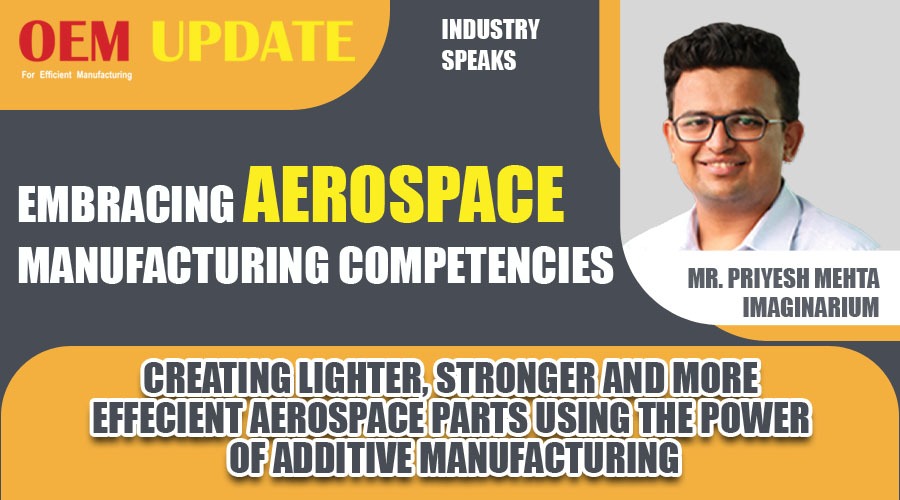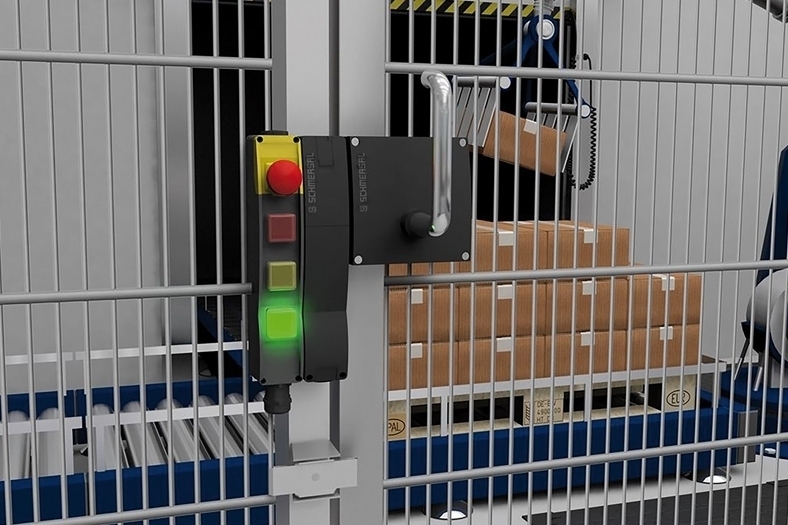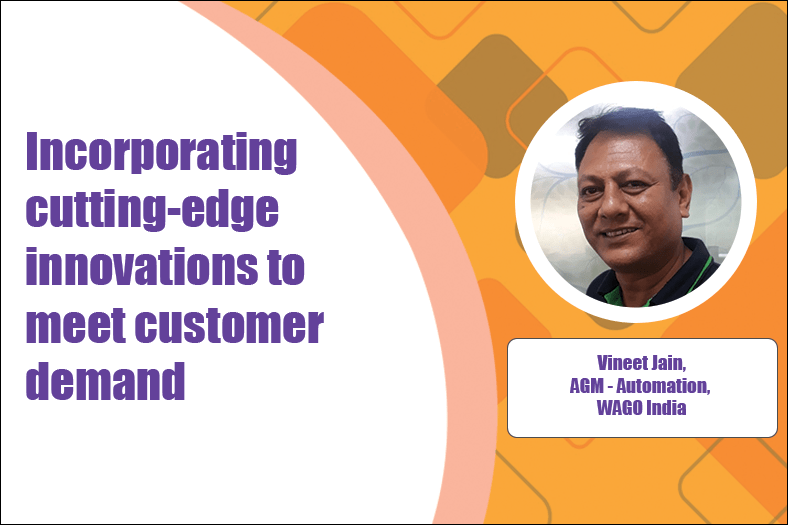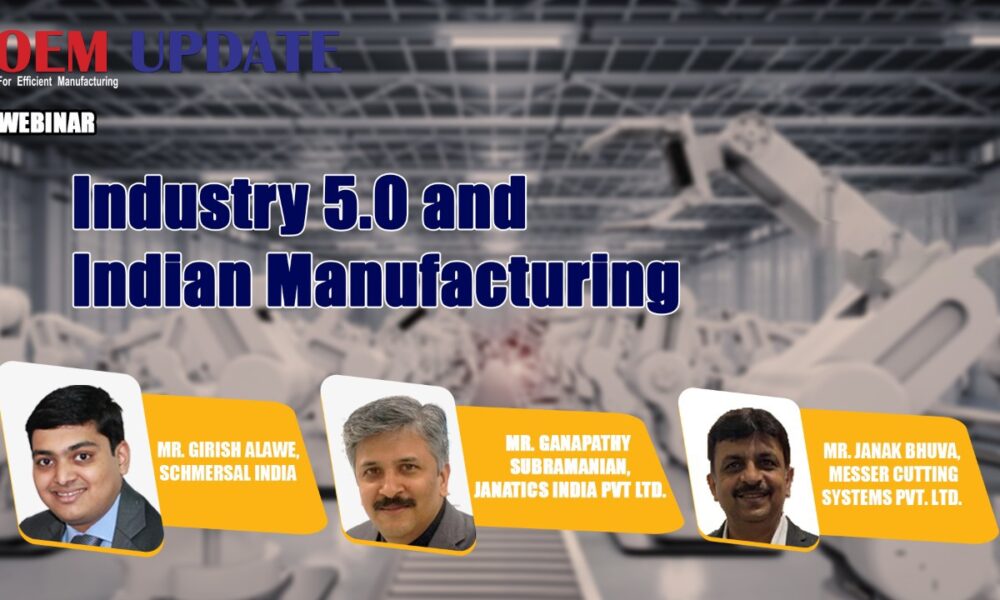Optimising the effectiveness of reverse osmosis systems
March 7, 2019 4:48 pm
Zero Liquid Discharge (ZLD) is a treatment process which is envisaged to remove all the liquid effluent generated as a part of the industrial process. The primary focus of ZLD is to economically reduce waste water and produce clean water that is suitable for reuse, thus saving money and being beneficial to the environment.
ZLD systems employ the most advanced wastewater treatment technologies to purify and recycle virtually all the wastewater produced. Apart from the biological process, ZLD is greatly dependent on reverse osmosis systems. Industries are, currently, envisioning numerous stages of RO systems, preparing for a worst case scenario, textiles and tannery industries are opting for 4th and 5th stage RO systems. These stages are highly pressure driven and require as much as 75 bar for separating the salts from the effluent.
Designing an RO system
When we design an RO system, temperature plays a major role in deciding the capacity of high pressure pumps. Predominantly, OEM’s design the RO system for an atmospheric temperature, which is dominant across the sub-continent, this is approximately 30 to 35°C. But when discussing with the membrane manufacturers, they instruct the designers to project the RO simulations by envisaging a temperature of 25°C. In order to optimise the cost of high pressure pumps, designers use such simple yet, disturbing practices. These practices may become more devastating, considering the 4th and 5th stage of reverse osmosis systems. Comparing the simulations to 25 and 30° C, the pressure required by the scenarios may vary from 2 bar to 10 bar based on the salts concentration and the configuration of the system.
As pump manufactures, we should be careful in selecting pumps for these critical stages of RO systems. Grundfos provides various pumping solutions with its vertical, multistage centrifugal and booster modules to cater such high pressure applications.
Authored by:
Krishna Kumar Venkatapathy
Assistant Manager
Tech Support (Project Sales)
Grundfos India
Cookie Consent
We use cookies to personalize your experience. By continuing to visit this website you agree to our Terms & Conditions, Privacy Policy and Cookie Policy.



